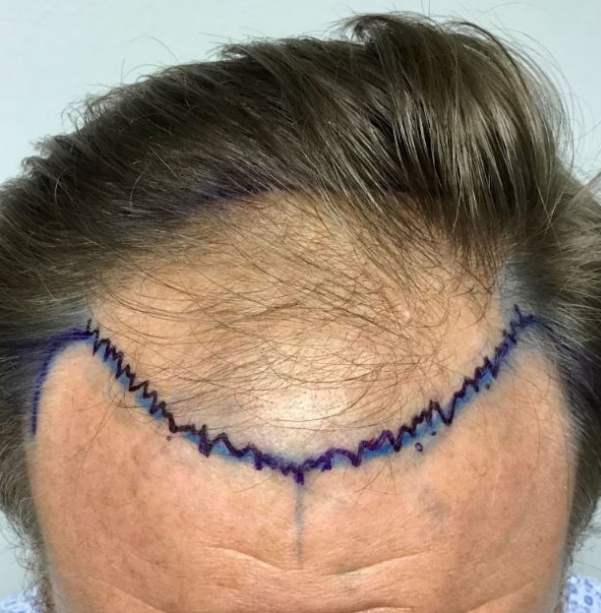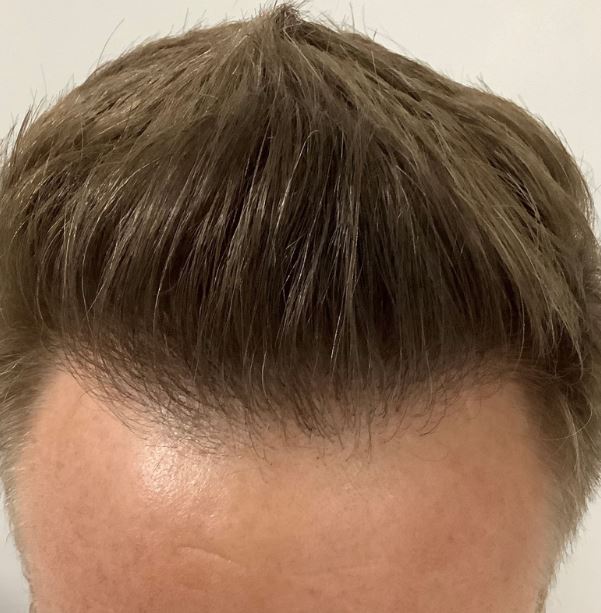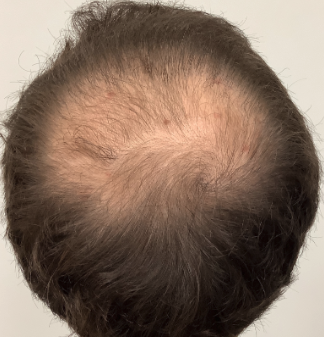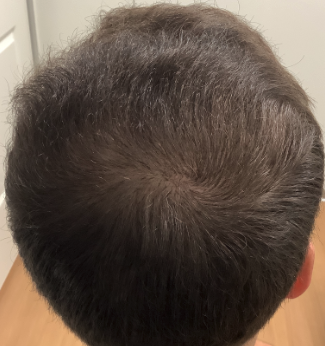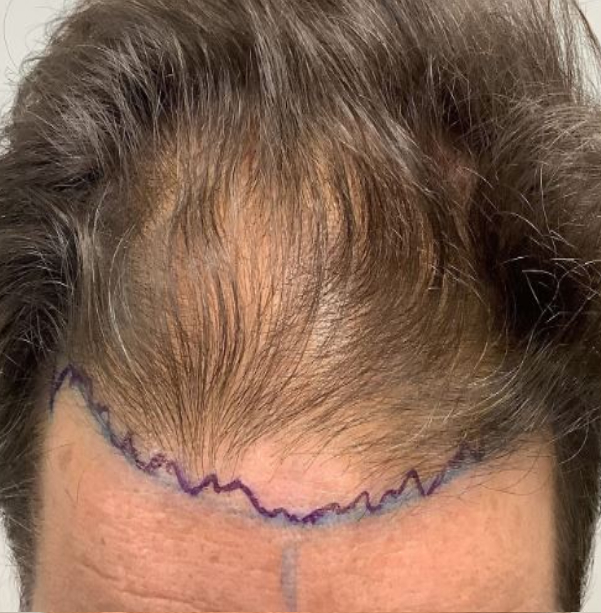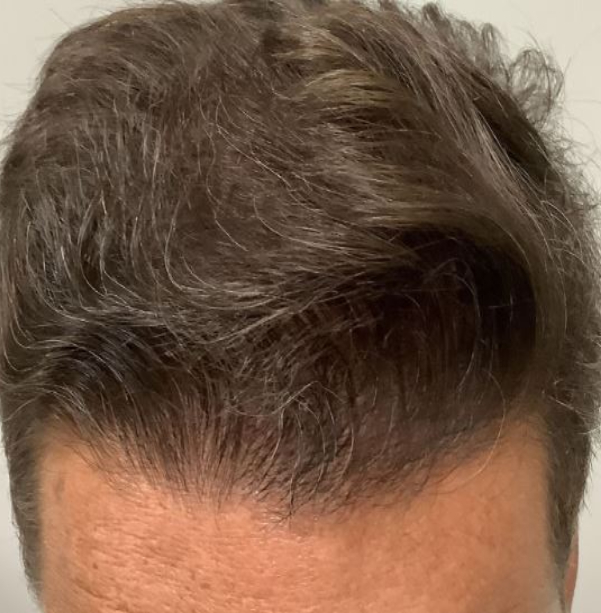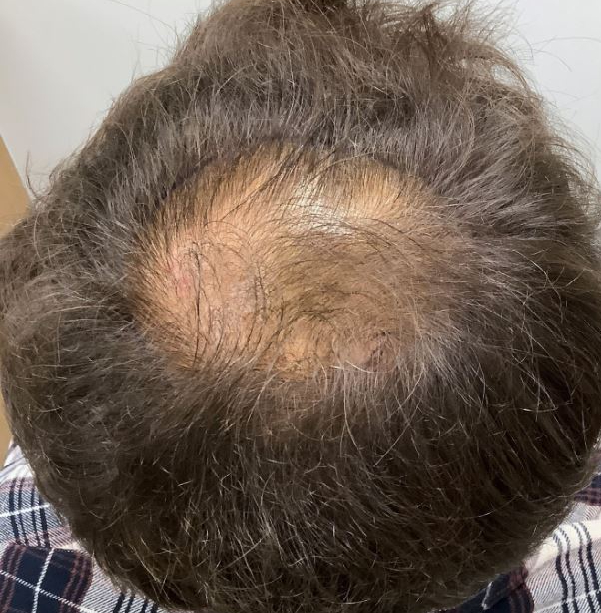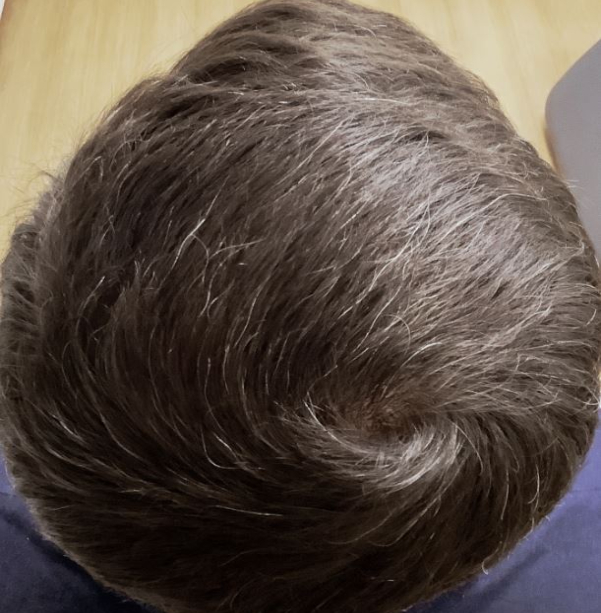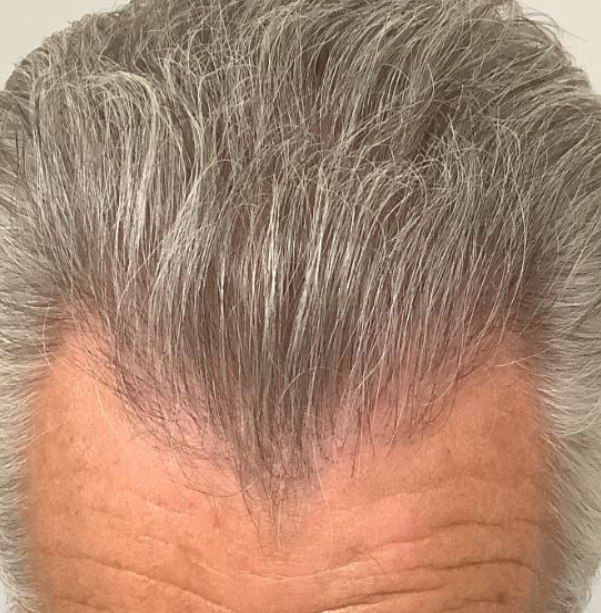Hair Transplant Procedures
Innovative Techniques
It is generally acknowledged that hair loss may be stopped or reduced in some individuals with hair loss drugs like Rogaine (minoxidil) and Propecia (finasteride). However, these drugs may not be effective in replacing lost hair, especially around the hairline, and they only work as long as you are actively using the product.
“Hair Restoration” typically refers to the process of hair transplantation, where real hair is taken from another area (typically the back or sides of the scalp) and is transplanted or moved to the area where the hair is being “restored.”
Hair that is taken from areas of hair from the the back or sides is known as donor dominant hair, which is the hair that will continue to grow throughout the life of most men. The transplantation of this hair to a bald area does not change its ability to grow; donor dominance is the scientific basis for the success of hair transplantation.
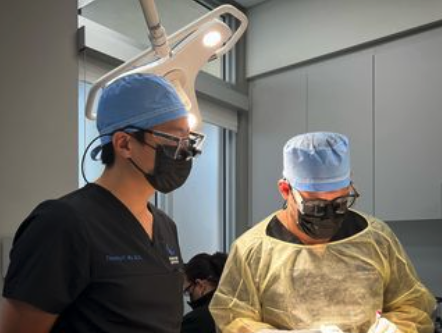

Ahead of the Curve.
Hair transplantation has improved in leaps and bounds over the past decade. The days of the “plugs” and “barbie doll hair” are gone, and the age of Follicular Unit Grafting has arrived. Through the use of 1,2,3 and 4 hair grafts along with new and improved instrumentation, the accomplished hair transplantation surgeons can create a natural hair appearance that is appropriate for each individual patient.
Single hair-grafts have the finest and softest appearance. Although they do not provide much density, they do provide the critical soft hairline that is the transition to thicker hair. Reconstructing a new hairline is a skill requiring surgical as well as artistic skill. It is critically important to get it right the first time and thus requires considerable forethought and planning.


